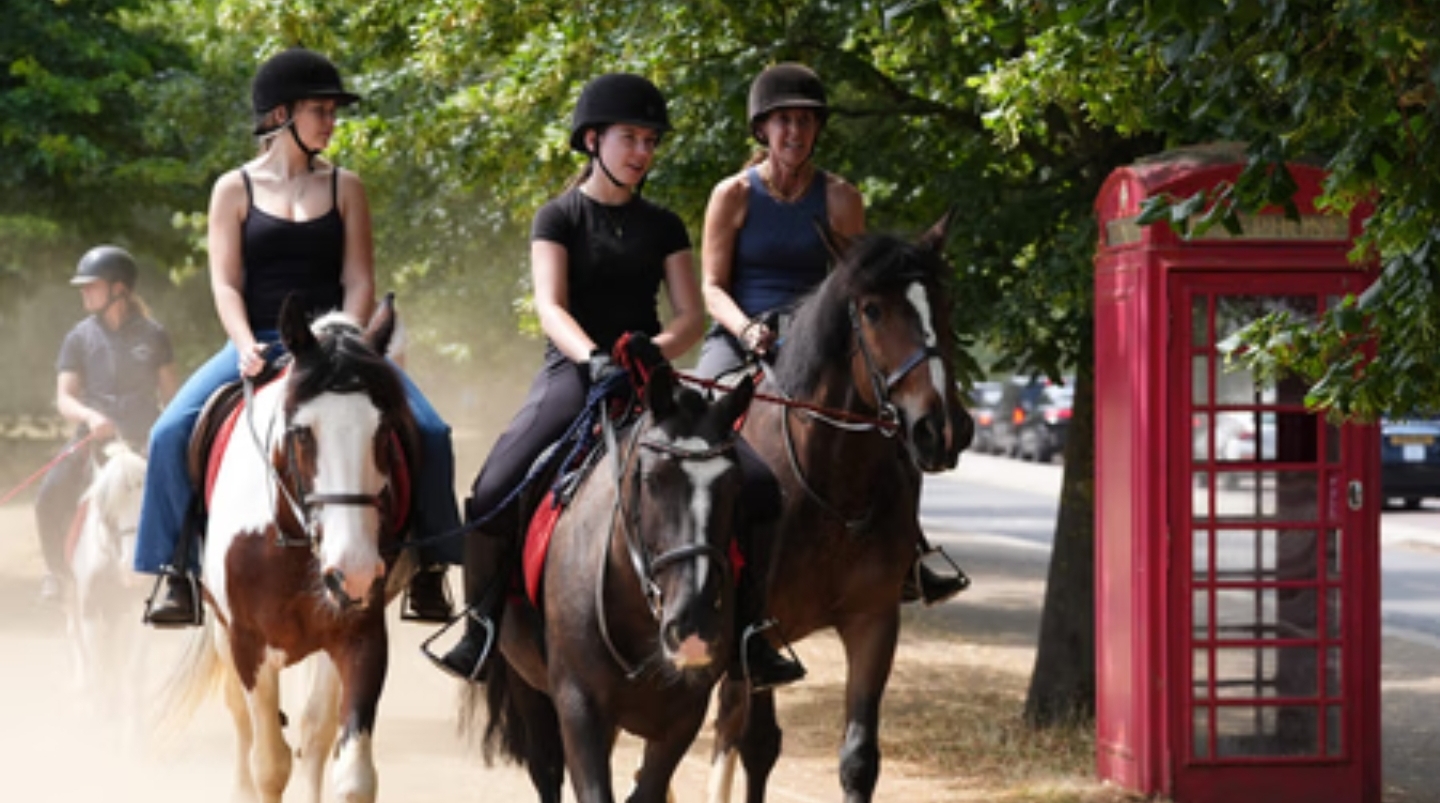Scorching 35°C Heat Marks Hottest Day Across the UK
Britain endured its hottest day of the year on Tuesday, July 1, as temperatures soared to 35°C in parts of London and southeast England, surpassing popular holiday destinations like Barbados and Gibraltar, according to the Met Office. The scorching peak, recorded in Kent and central London, marked the climax of a five-day heatwave that has gripped much of England, prompting amber heat health alerts and warnings of severe wildfire risks.
The Met Office confirmed temperatures hit 35°C in London, with St James’s Park and Heathrow recording 34.8°C on Monday, narrowly missing the June record of 35.6°C set in 1957 and 1976. The heatwave, defined as three consecutive days above regional thresholds (28°C in southeast England), has seen central and eastern England swelter under highs of 33–35°C since Saturday. Monday’s heat made it Wimbledon’s hottest opening day on record, surpassing the previous high of 29.3°C in 2001, with players using ice packs to cope. Glastonbury festival-goers also faced 31°C on Sunday, close to the event’s record of 31.2°C in 2017.
The UK Health Security Agency (UKHSA) extended amber heat health alerts for London, the East Midlands, South East, South West, Yorkshire and Humber, West Midlands, and East of England until 9 am Wednesday, warning of significant strain on NHS services and public transport. A yellow alert covers the North West, indicating risks for vulnerable groups like the elderly. Researchers from the London School of Hygiene and Tropical Medicine estimate up to 570 heat-related deaths could occur in England and Wales over four days, with 129 projected in London alone.
London Fire Brigade assistant commissioner Thomas Goodall reported 14 wildfires in the capital this year, urging the public to avoid barbecues and discarded glass bottles that could spark fires. “The dry conditions make fires spread rapidly,” he warned, noting a “severe” wildfire risk. The National Fire Chiefs Council echoed calls for caution, while the Environment Agency highlighted a medium drought risk due to a dry spring, though no hosepipe bans are currently in place.
While southeast England baked, northern and western regions saw cooler conditions, with cloud and heavy rain keeping temperatures in Northern Ireland and Scotland in the mid to high teens. Scotland faced its own challenges, with wildfires in the Highlands closing roads near Grantown-on-Spey and Carrbridge. Tuesday night is expected to remain muggy, with “tropical nights” in southeast England where temperatures may not drop below 20°C, making sleep difficult.
The heatwave, driven by high pressure over Europe and hot air from the eastern U.S. and Azores, is intensified by climate change, with the World Weather Attribution group noting June heatwaves are now 10 times more likely than in pre-industrial times. A Met Office study warns of a 50:50 chance of 40°C temperatures in the UK within 12 years, a risk heightened by global warming.
As the heatwave eases Wednesday with temperatures dropping to the mid-20s in the southeast, the Met Office forecasts potential showers in northern England and eastern Scotland. Authorities continue to urge hydration, with the NHS recommending water-rich foods like watermelon to combat dehydration risks, particularly for vulnerable groups.
